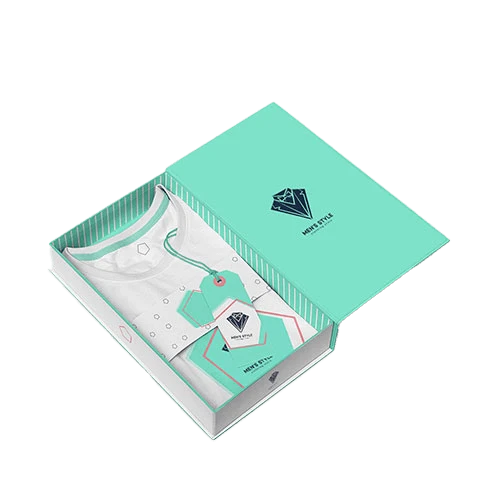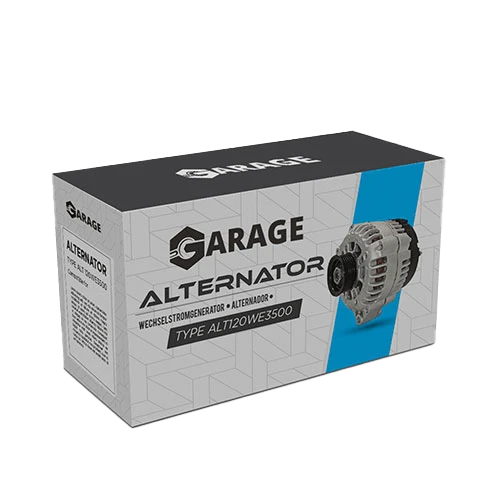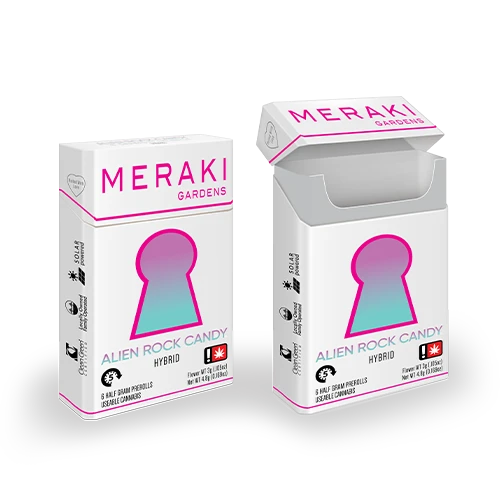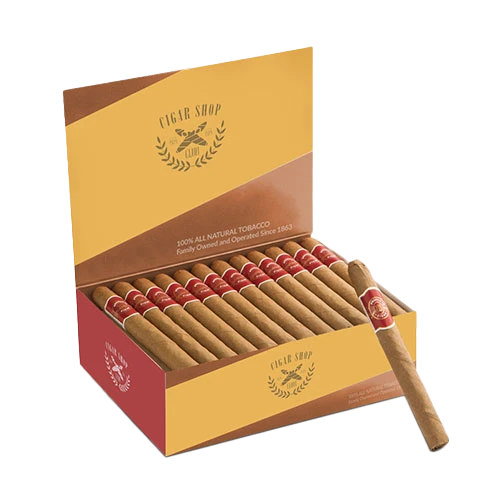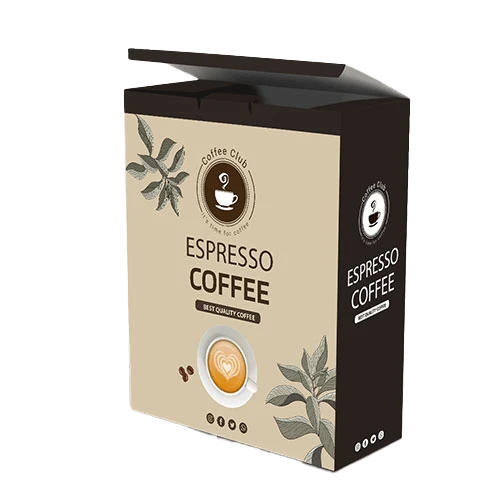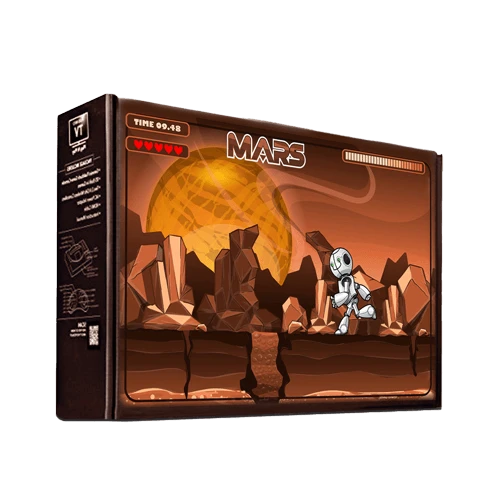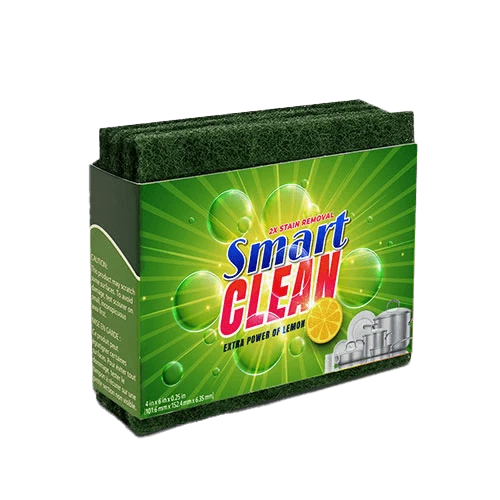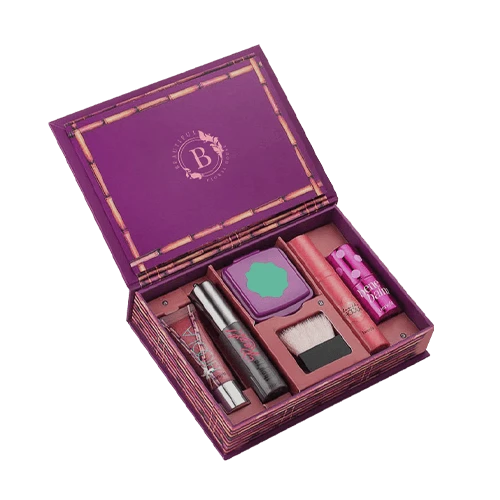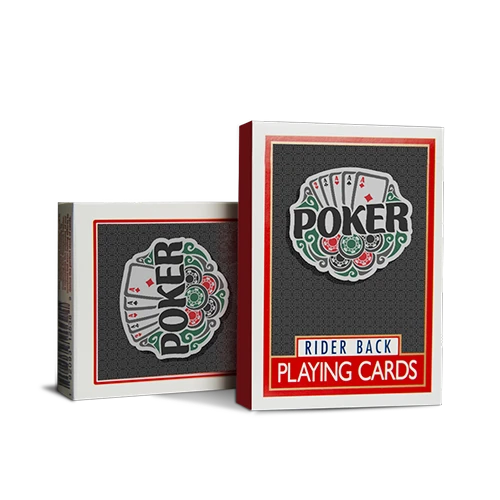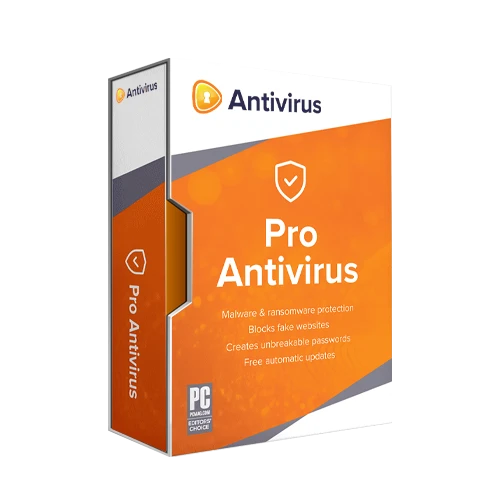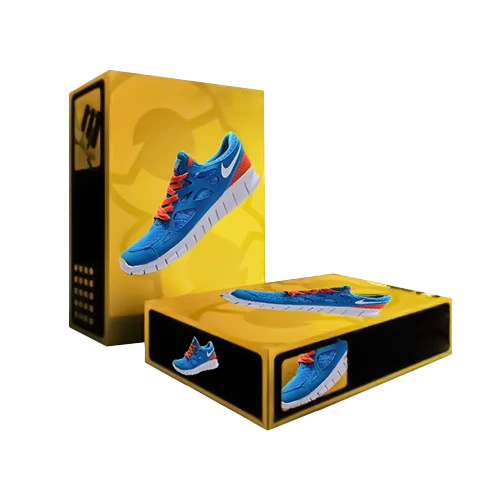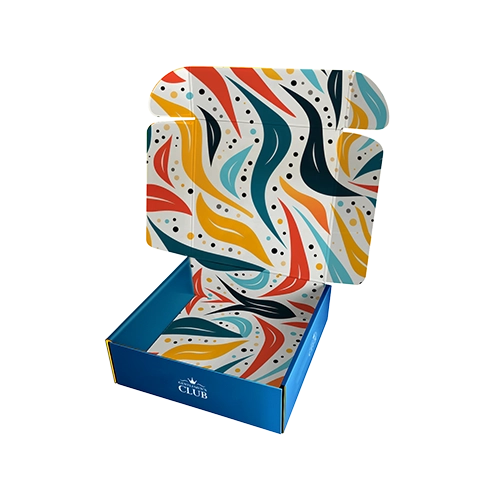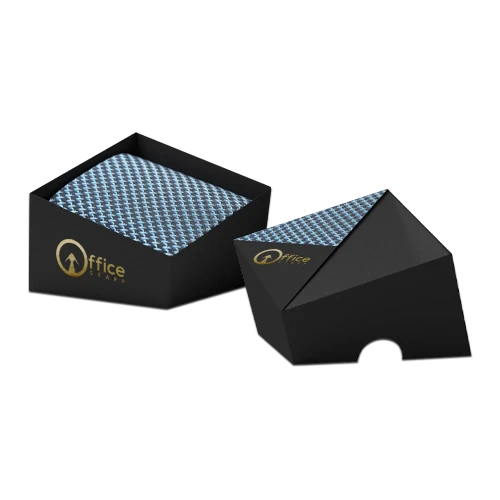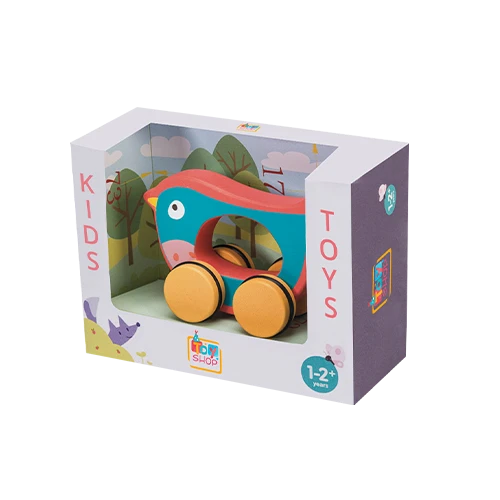
Custom Quote Request Form
Pharmaceutical Packaging
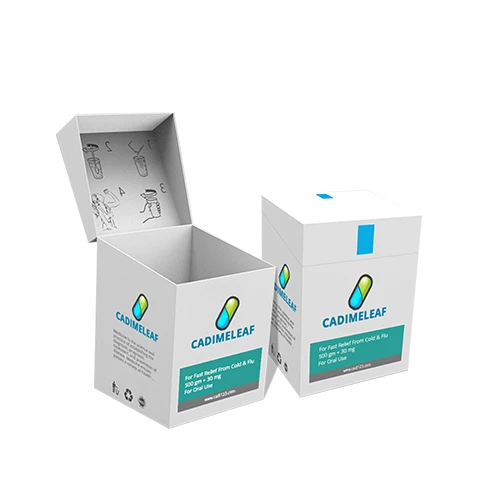

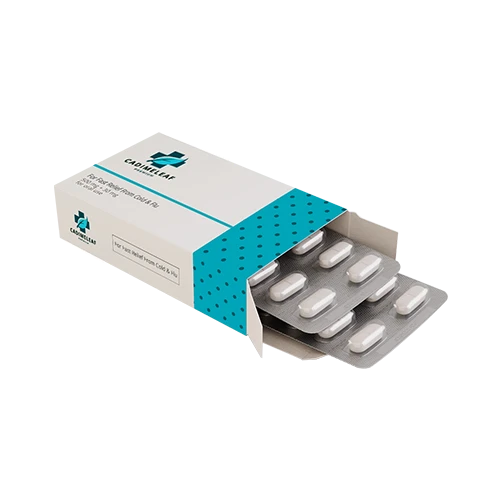
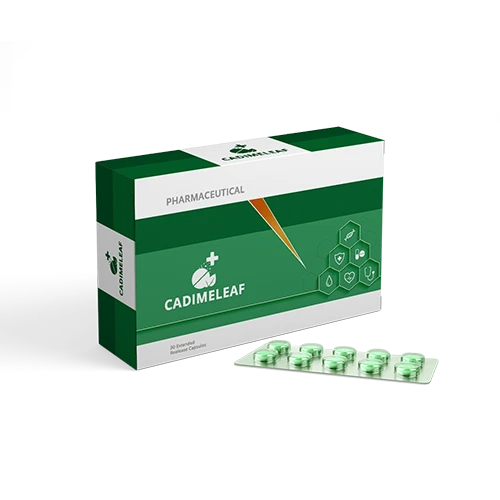
| Specifications Description Reviews | ||||||||||||
Importance of Packaging in the Pharmaceutical IndustryPackaging is an important aspect of the pharmaceutical industry because it plays a crucial role in protecting the integrity and quality of the product. It helps to preserve the stability, prevent contamination, and ensure that the product is delivered to the patient in a safe and effective manner. Packaging also helps to prevent counterfeiting and diversion of the product, which are significant concerns in the pharmaceutical industry. In addition, packaging can also help to improve the patient's experience with the product, for example, by making it easier to open or use. Finally, packaging also plays a role in product branding and marketing, as it helps to differentiate the product from competitors and communicate information about the product to consumers. There are many different types of packaging used in the pharmaceutical industry, including:
|









